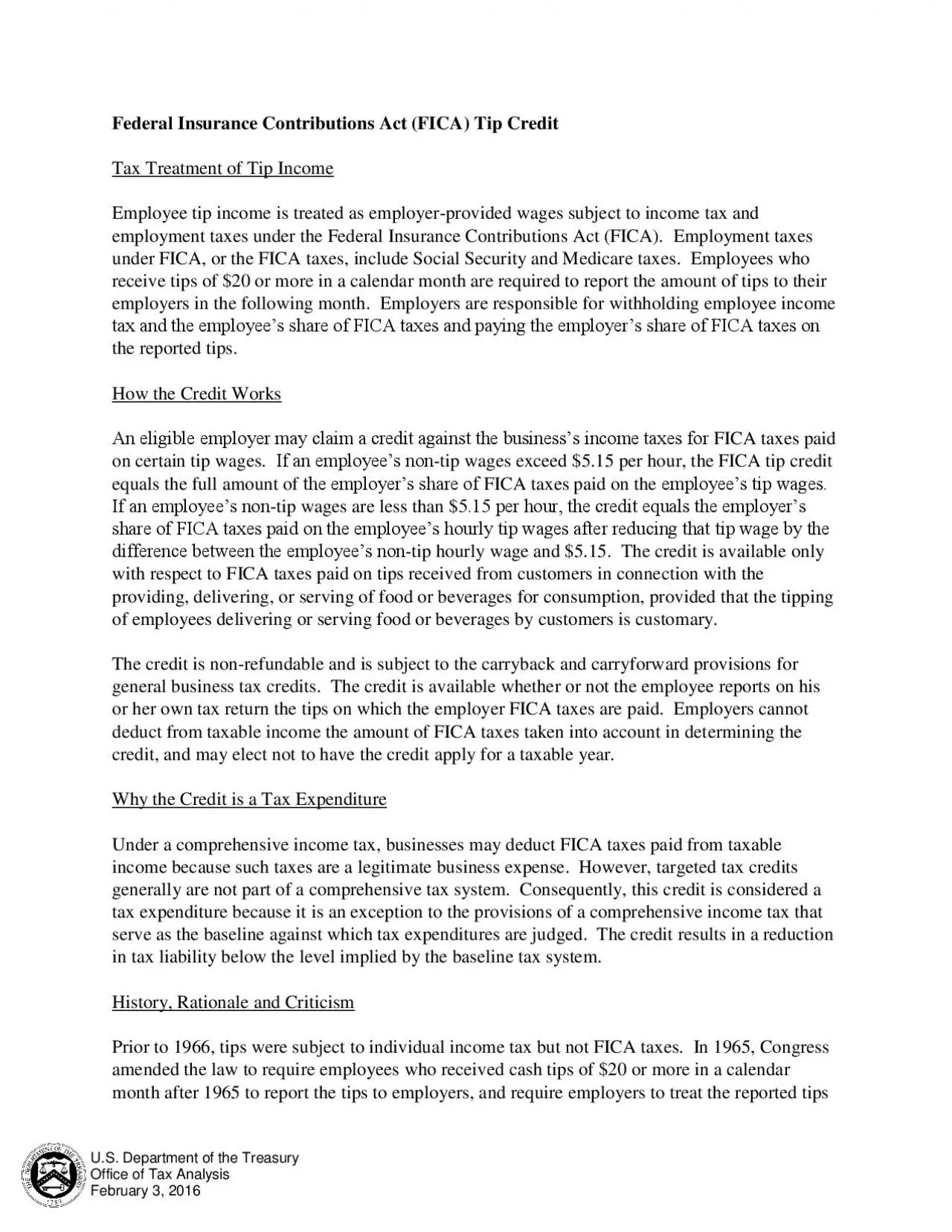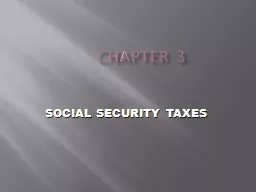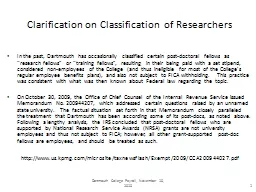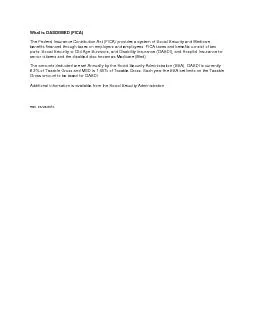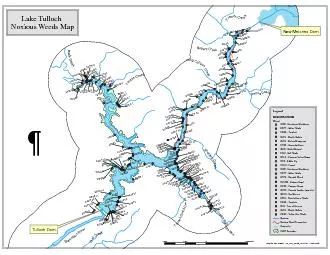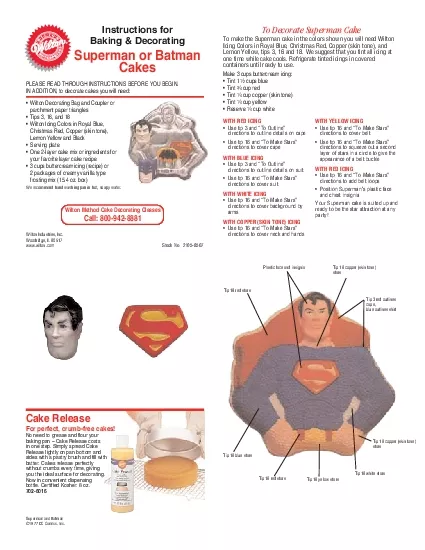PDF-Federal Insurance Contributions Act FICA Tip Credit
Author : grace3 | Published Date : 2021-06-13
Tax Treatment of Tip Income Employee tip income is treated as employer provided wages subject to income tax and employment taxes under the Federal Insurance Contributions
Presentation Embed Code
Download Presentation
Download Presentation The PPT/PDF document "Federal Insurance Contributions Act FICA..." is the property of its rightful owner. Permission is granted to download and print the materials on this website for personal, non-commercial use only, and to display it on your personal computer provided you do not modify the materials and that you retain all copyright notices contained in the materials. By downloading content from our website, you accept the terms of this agreement.
Federal Insurance Contributions Act FICA Tip Credit: Transcript
Download Rules Of Document
"Federal Insurance Contributions Act FICA Tip Credit"The content belongs to its owner. You may download and print it for personal use, without modification, and keep all copyright notices. By downloading, you agree to these terms.
Related Documents

